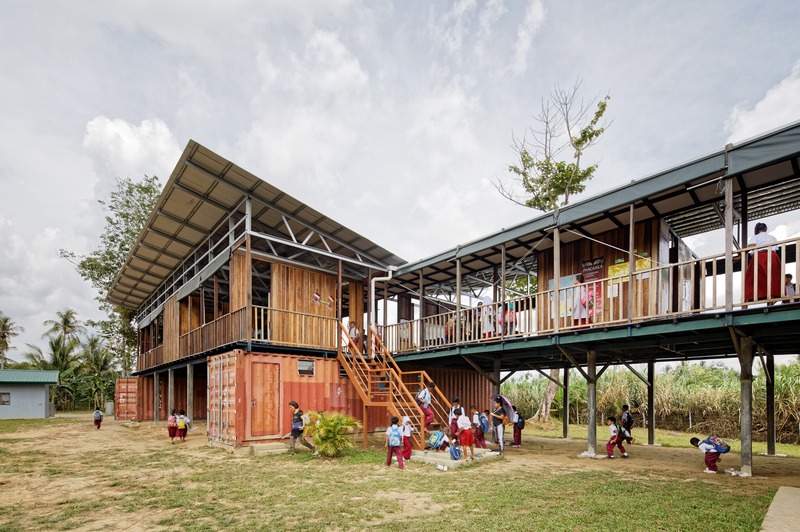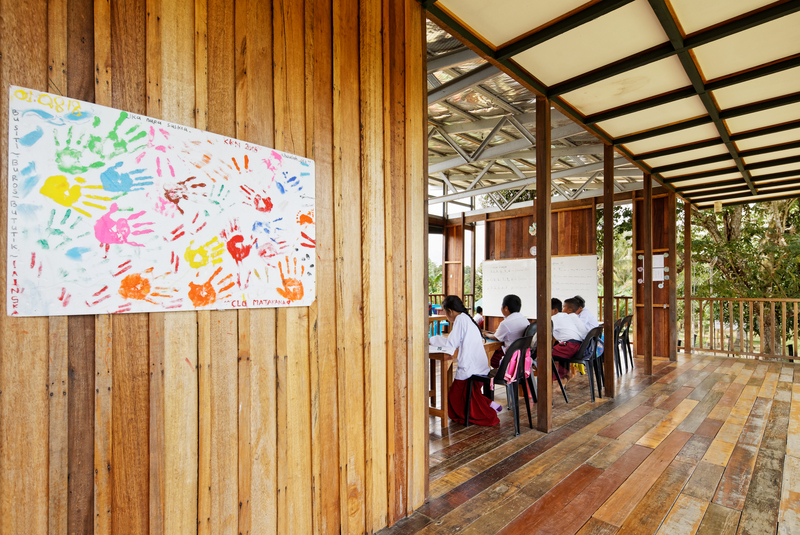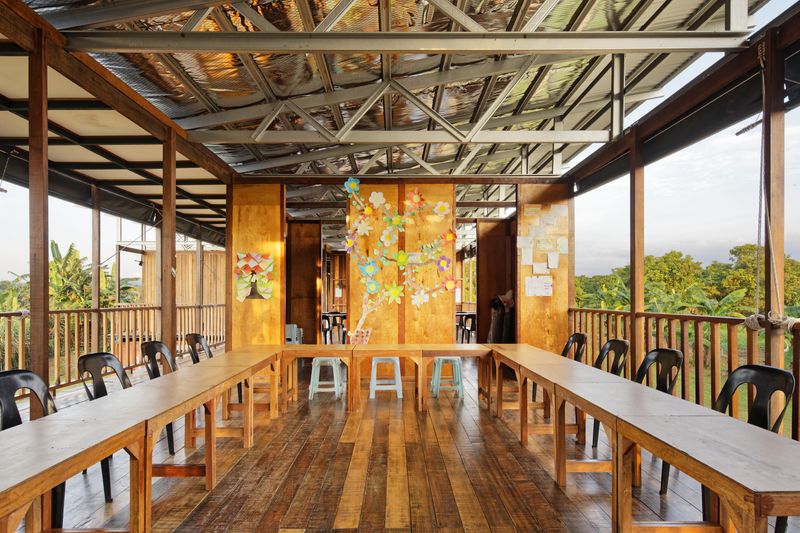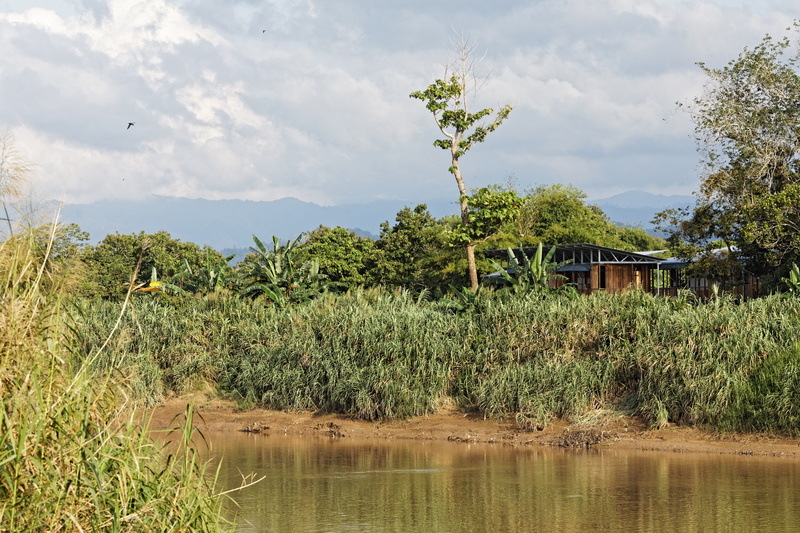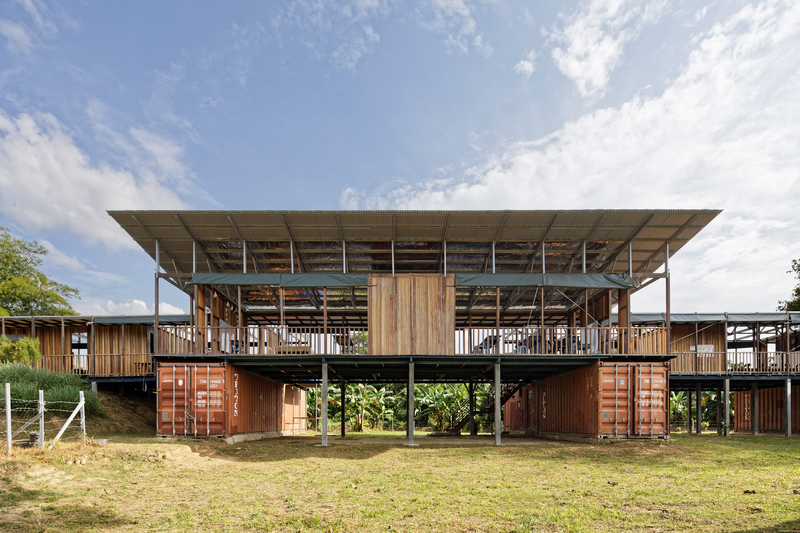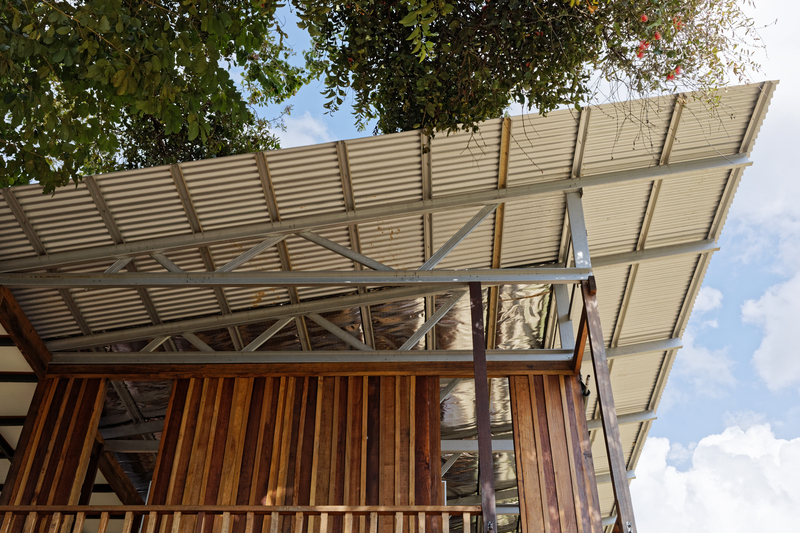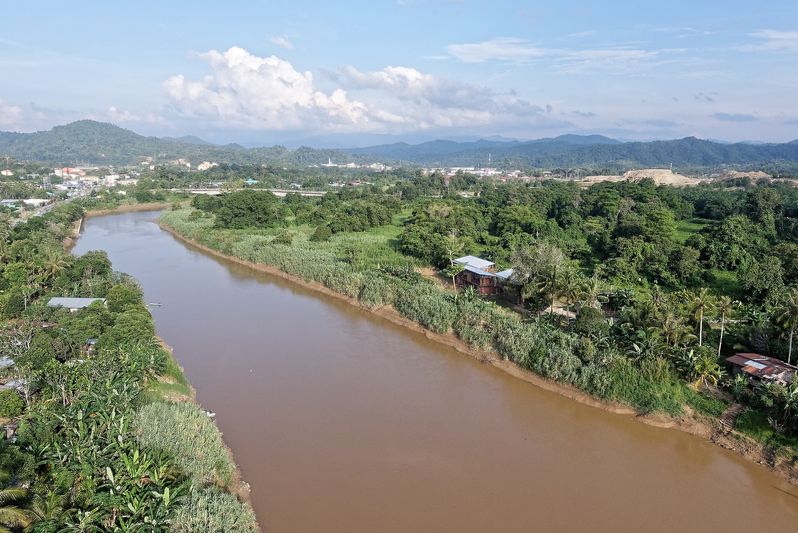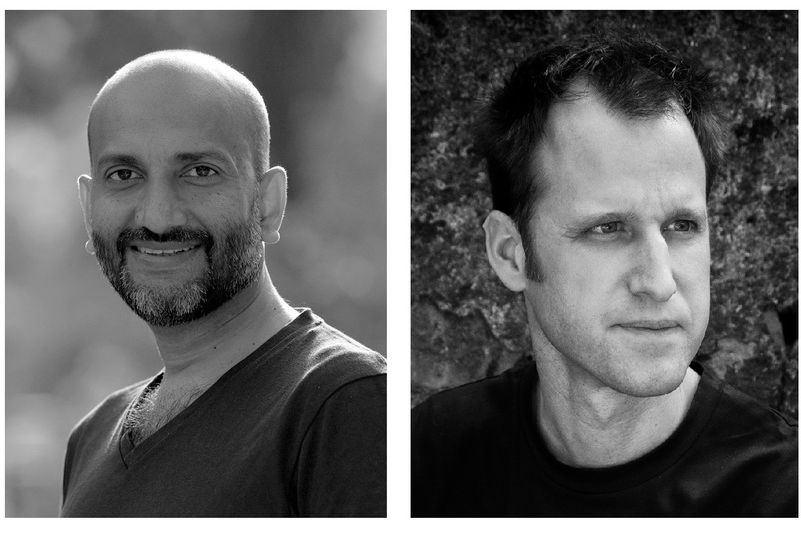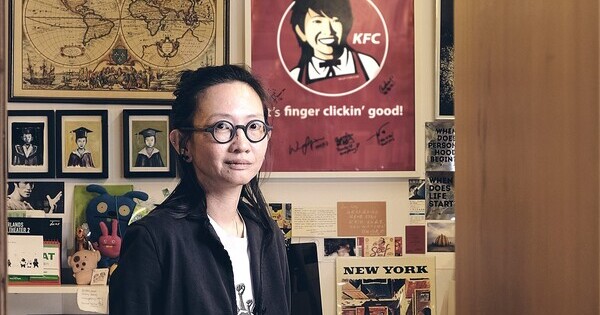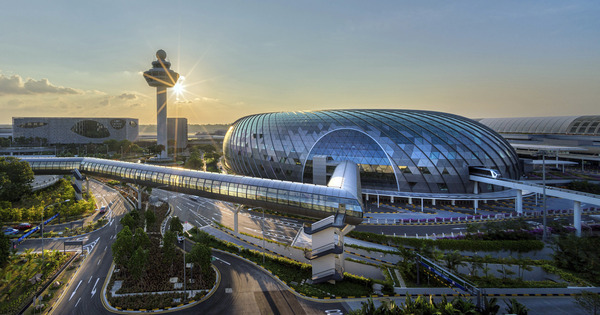* DESIGN OF
THE YEAR 2020
Etania Green School
Designer
Billion Bricks Ltd
DISCIPLINE
Educational Spatial Design
DESIGN IMPACT
Advancing Singapore Brand, Culture and Community
Enabling Economic Transformation
Making Ground-breaking Achievements in Design
Raising Quality of Life
CONTACT
Five decommissioned containers, recycled timber and an iron roof are all that make up Etania Green School. Although simple and low-cost in design, the school in Sabah, Malaysia, has made a huge impact on its students since it began in 2018. These children of migrant labourers have no access to formal education because of their legal status.
The school offers not just a building but a learning environment that incorporates its surrounding natural landscape. The containers prop up the classrooms and facilities from the ground in case the nearby river floods. They also create shaded gathering spaces. The classrooms are open and flexible, fulfilling the school’s pedagogy of experiential learning for its 350 students, while meeting the practical need of teaching multiple age groups, ranging from five to 13. The different components are designed as a “kit-of-parts” to support the founders’ ambitions of building a network of similar schools across the country.
What began as a space for learning has also become a community hub for the children’s parents to gather and hang out. Etania Green School has provided a place of pride and dignity for this marginalised community, one where they finally belong.
READ MOREABOUT THE DESIGNER
Billion Bricks uses design and technology to reimagine housing, to empower everyone to be a homeowner. It was co-founded in 2013 by Prasoon Kumar as a non-profit to solve the global housing crisis in completely new ways.
Robert Verrijt is Billion Bricks’ Chief Design Officer. Born in Eindhoven, Netherlands, he received a Master of Science in Architecture at the Delft University of Technology in 2003.
In its next phase of impact, Billion Bricks has become a for-profit social business and is pioneering the development of a self-financing solar home that combines housing for communities with renewable energy into a financially sustainable model.
READ MOREDESIGNER
Billion Bricks Ltd
CLIENT
Matakana Children’s Education Society Sabah
Etania Schools Sabah
Insights from the Recipient
Citation
Jury Citation
More than just a school building, Etania Green School is a learning ecosystem designed for the tens of thousands of stateless children whose parents work in the oil palm plantations of Sabah. The school provides an educational pedagogy in which teachers and students collectively exchange knowledge, spark curiosity and explore self-learning.
Serving an invisible population of minimal means, the design exemplifies a high-impact, low-cost model. It is sensitive to the environment, allowing for natural light and ventilation for most of the school hours. At sundown, it runs on solar power. The building, made of five decommissioned shipping containers and recycled timber that allowed for quick assembly, can be expanded in the future should the need arise. Such a modular design can also be duplicated in other locations to serve other overlooked communities.
The Jury upholds the project as an impressive example of how design can catalyse social change by responding to a defining humanitarian issue – the millions of stateless children worldwide. Etania Green School confers identity on this marginalised community and cultivates a strong sense of belonging, which is nicely summed up by a parent – “Our children don’t want to come home and [they] love the school”.
VIEW JURORS
Nominator Citation
Dr Kathryn Rivai
Founder
Matakana Children’s Education Society Sabah
The school by Billion Bricks is new to Sabah in several ways. Not only is it for children who have been marginalised and excluded from government schools in Malaysia, its design is inspired by the state’s beautiful cultural heritage.
Prior to this, our school was located on the second storey of a cramped and stuffy shophouse. Children had no space to move around and the overall condition was far from ideal. The new school provides opportunities for our children, who have an insatiable curiosity, to explore in a safe and protected haven away from the prying public eye. Its design allows for greater freedom of movement, which enables outdoor learning as an integral part of our curriculum. The quiet, cool, peaceful and green environment is ideal as a learning space.
Can design improve learning? It most definitely can. Children who learn in a pleasant and spacious environment feel less stress. They enjoy and make the best of the programmes provided for them. Since we moved into this building, we have noticed a huge change in the way students learn and interact with each other, teachers and the environment. I attribute this change to the school’s design, which challenges the biases that equate designs for the poor with poor designs.
